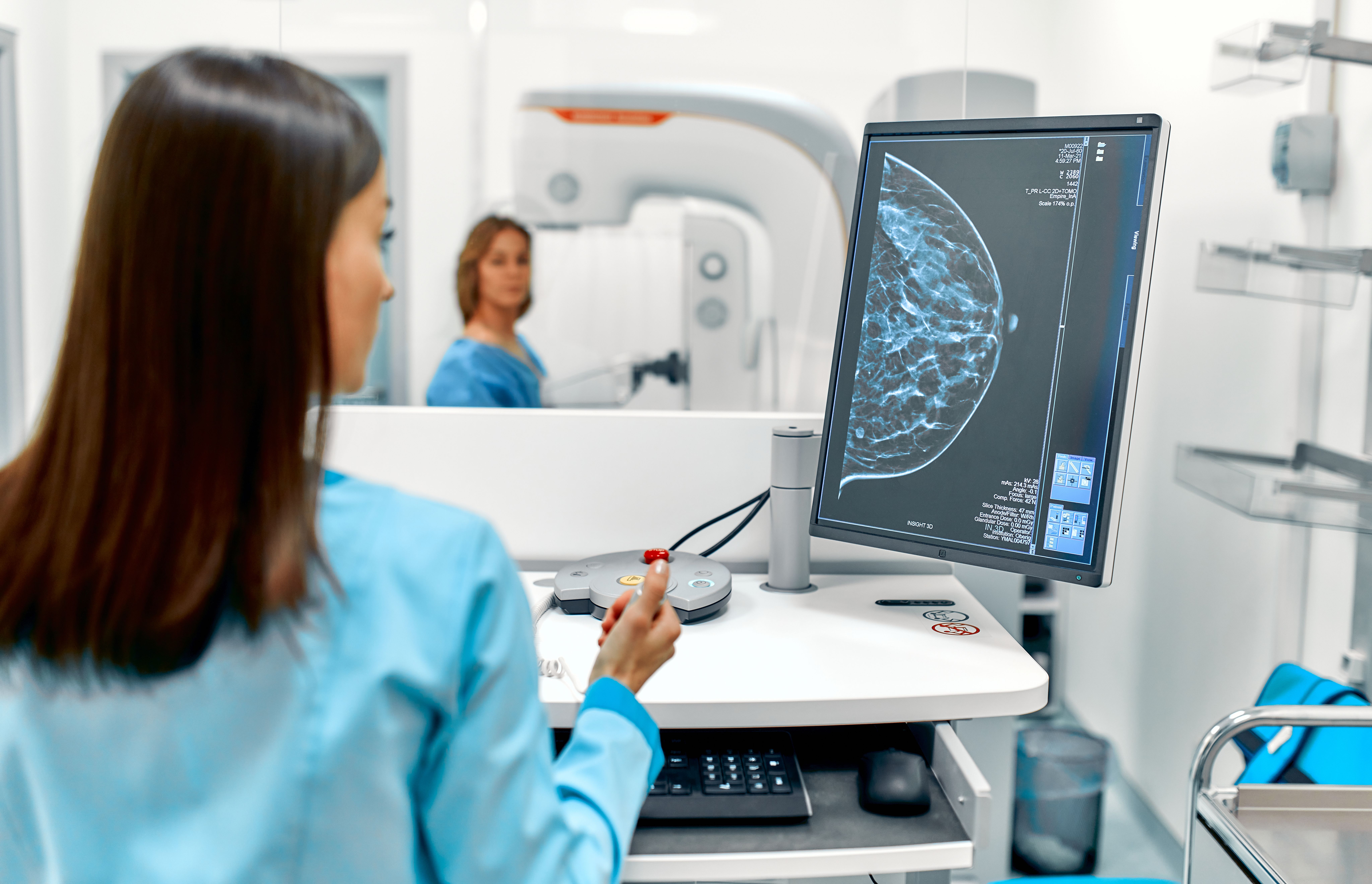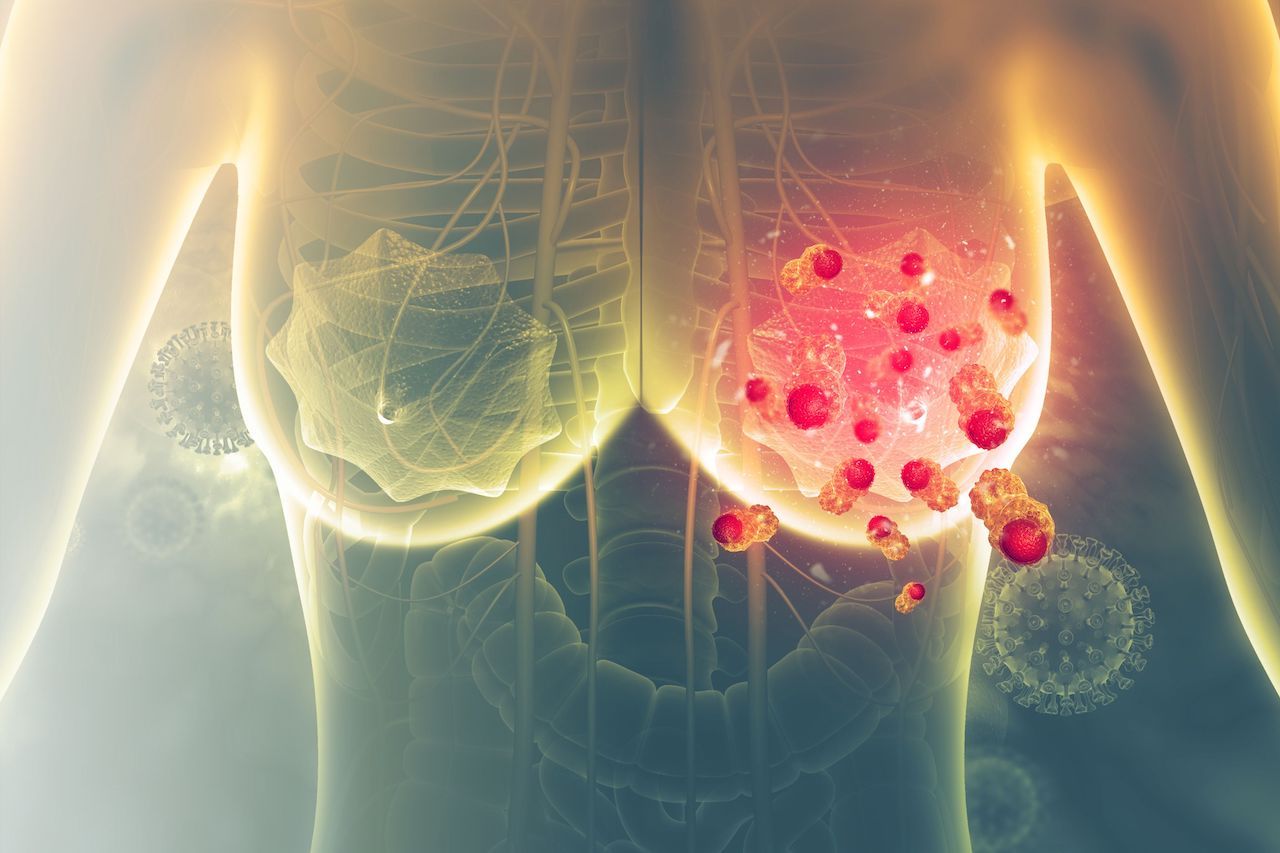Article
Is Prepectoral Breast Implant Reconstruction After Mastectomy Safe?
Author(s):
Following decades that saw its popularity dwindle in favor of subpectoral breast reconstruction, prepectoral breast reconstruction is once again on the rise.
Popular as a method of breast reconstruction following unilateral or bilateral mastectomy after a diagnosis of breast cancer, prepectoral breast implant reconstruction fell out of favor in the 1970s because it was associated with high rates of postoperative infection and scar tissue buildup, as well as occasional instances of breast implant exposure.
During this time, subpectoral breast reconstruction became the main option for women. This procedure involves placing an implant partially or entirely behind the chest muscle, in contrast with prepectoral breast reconstruction where the implant is on top of the muscle. Adverse effects from the more invasive surgery include decreased arm strength; muscle spasms; animation deformities, or implant movement; and pain in almost half of women who undergo the procedure, for up to 1 year post surgery.
However, prepectoral breast reconstruction is again increasing in popularity, thanks in part to recent surgical advancements that include acellular dermal matrix (ADM), and a team of investigators from Cancer Treatment Centers of America in Zion, Illinois, recently evaluated outcomes from the procedure with ADM. Their results were published in Plastic and Reconstructive Surgery-Global Open.
“Early studies have shown prepectoral reconstruction with the use of ADM produces a more natural projection, decreased rates of capsular contracture, and elimination of animation deformity,” the authors noted.
The 118 patients they evaluated accounted for 183 individual reconstructed breasts, with a mean age of 52 years (range, 30-86). Of this group, 103 (56.28%) had a nipple-sparing mastectomy, 72 (39.34%) had a skin-sparing mastectomy, and 8 (4.37%) had a skin-reducing mastectomy. In addition, 45 (38.1%) received pre- or postoperative radiation treatment.
After an average follow-up of 9.26 months (range, 1.0 month-2.5 years), the procedure had a success rate of 89.62% of cases. However, 25 patients, who accounted for 17.49% of the breasts reconstructed experienced 1 or more major complications, and 7 of these patients had complications in both breasts.
More complications were associated with reconstruction that involved a partial ADM wrap of the breast following surgery compared with a full ADM wrap: 19.12% versus 16.52%.
A complication was considered major if a patient had to be readmitted to the hospital or was back in the operating room before 60 days had passed after their reconstructive surgery.
Postoperative infection was the most common major complication, and it required operative washout, or going back in to surgery to clean out the wound, in 7.65% of the breasts. The second most common major complication was implant failure secondary to infection in 5.46%, which resulted in implant removal “without subsequent replacement or exchange.”
“Preliminary outcomes from this report suggest that prepectoral reconstruction with ADM is once again safe and feasible. The short-term major complication outcomes in this study of 183 breasts compare favorably with other immediate prepectoral reconstruction results in the literature,” the authors concluded.
Still, they recommend ongoing large prospective studies evaluating the use of ADM with prepectoral breast reconstruction, as well as a standardized approach to evaluating patient outcomes via a validated reporting method.
Reference
Urquia LN, Hart AM, Liu DZ, Losken A. Surgical outcomes in prepectoral breast reconstruction. Plast Reconstr Surg Glo Open. Published online April 23, 2020. doi:10.1097/GOX.0000000000002744





